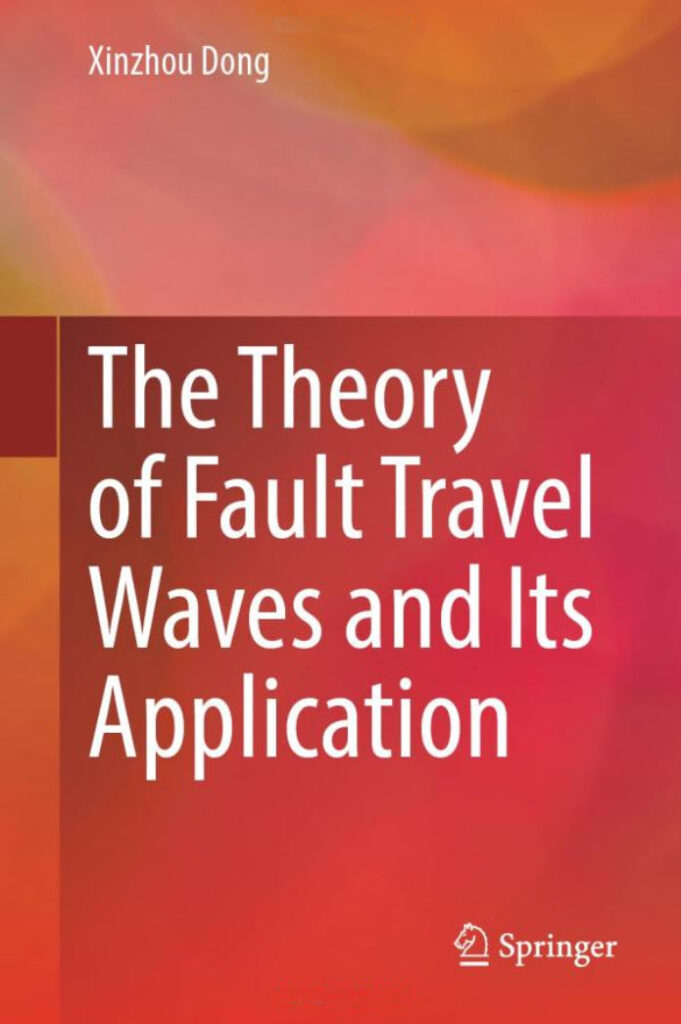by Xinzhou Dong, China
1st Edition, 2022

The electric power industry is going through a period of significant transformation as a result of the widespread penetration of inverter based distributed energy resources which leads to a different behavior during short circuit faults compared to the conventional systems with predominantly synchronous generators.
This leads to different challenges for protection devices which requires the development of new methods for protection and control that perform more efficiently under these new conditions.
One of the most promising technologies that can help detecting short circuit faults at the transmission or distribution level of the electric power system is the use of traveling waves-based solutions. That is why the book The Theory of Fault Travel Waves and Its Application is an important tool that can help the members of the protection, automation and control community get a better understanding of this technology and its applications
The author of the book is Professor Dr. Xinzhou Dong from Tsinghua University in Beijing, China where he is the head of Power System Protection Research team, the Director of the Electric Power Systems Research Institute, Department of Electrical Engineering, and is also the director of Beijing International Science and Technology Cooperation Base for Green Energy and Power Safety.
He is also an elected IEEE Fellow, IET Fellow, and CSEE Fellow. He has developed and patented travelling waves-based protection devices that are used in the Chines electric power grid, which makes him the perfect author for such a book – with deep knowledge of both the theoretical and practical aspects of the technology and its applications.
The material in this 700-page book is organized in ten large chapters. It starts by defining fault travel waves and explaining their significance in power systems. It then goes on to discuss the underlying physics behind the formation and propagation of these waves. This includes a discussion of the electrical, mechanical, and electromagnetic forces that contribute to the formation and behavior of fault travel waves.
The book also covers the various types of fault travel waves, including sub transient, transient, and permanent waves. The author explains the differences between these waves and the conditions under which they form. He also provides detailed descriptions of the mathematical models used to represent fault travel waves and the methods used to analyze their behavior.
One of the key aspects of the book is its focus on the application of the theory of fault travel waves to power systems. The author provides practical examples and case studies to illustrate how the concepts discussed in the book can be applied to real-world power systems. This includes a discussion of the tools and techniques used to measure and analyze fault travel waves in power systems.
The book also includes a section on fault location and fault diagnosis in power systems. The author explains the various methods used to determine the location of faults in power systems, including time-domain reflection, frequency-domain analysis, and the use of signal processing techniques. He also provides an overview of the most commonly used fault diagnosis techniques and their limitations.
The Theory of Fault Travel Waves and Its Application is a valuable resource for electrical engineers, power system designers, and researchers working in the field of power systems.
The book is well-written and easy to understand, making it accessible to a wide range of readers. The author’s use of practical examples and case studies helps to bring the concepts discussed in the book to life and makes the material more engaging for the reader
The Theory of Fault Travel Waves and Its Application
by Xinzhou Dong
Publisher: Springer; 1st ed. 2022 edition
Hardcover: 751 pages
ISBN-10: 9811904030
ISBN-13 9781630818845








